Hemp Flower Growing Timeline: What to Expect Each Month
Understanding the hemp growing timeline THCa development is essential for any cultivator looking to produce high-quality, compliant hemp flower. Whether you're a first-time grower or a seasoned farmer, having a comprehensive THCa hemp flower cultivation schedule helps you anticipate challenges, allocate resources efficiently, and maximize your harvest quality.
This monthly hemp growing guide THCa focuses specifically on photoperiod hemp flower cultivation, which responds to natural light cycles and typically follows a spring-to-fall growing season in most temperate climates. While the exact timing varies by region, latitude, and microclimate, this timeline provides a framework that can be adjusted for your specific location.
One of the most critical aspects of hemp cultivation is managing THCa (tetrahydrocannabinolic acid) levels throughout the growing season. Understanding hemp THCa from seed to harvest helps ensure you remain compliant with federal regulations while producing the highest quality flower possible. THCa is the acidic precursor to THC, and hemp must test below 0.3% total THC on a dry weight basis to remain legal. Proper timing and monitoring are everything.
Let's walk through each month of the growing season, exploring what to expect and how to optimize your cultivation practices for success.
Months 1-2: Planning and Preparation (February-March)
Foundation of Success
The success of your hemp season begins months before you put plants in the ground. February and March are critical planning months where you establish the infrastructure and knowledge base for the entire season.
Soil Testing and Amendment
Begin with comprehensive soil testing to understand your baseline conditions. Test for pH, macro and micronutrients, organic matter content, and potential contaminants. Hemp thrives in well-drained soils with a pH between 6.0 and 7.0. Based on results, develop an amendment plan incorporating organic matter, minerals, and beneficial microorganisms.
Licensing and Compliance
Complete all necessary hemp cultivation licenses and permits. Research your state's specific THCa testing timeline hemp requirements, as these vary significantly by jurisdiction. Some states require testing within a specific window before harvest, while others have additional monitoring requirements throughout the season. Understanding these regulations early prevents costly mistakes later.
Seed and Genetics Selection
Choose genetics carefully based on your climate, intended market, and THCa management goals. Order certified seeds or clones from reputable suppliers. For managing THCa throughout grow season, select genetics known for stable cannabinoid profiles and compliance-friendly growth patterns. Feminized seeds eliminate the need for male plant removal, saving labor and reducing risk.
Infrastructure and Equipment
Prepare or install irrigation systems, ensuring adequate water delivery to all plants throughout the season. Organize cultivation tools, tractors, and processing equipment. Set up a dedicated area for transplant preparation and early-stage plant care.
Business Planning
Finalize your budget, establish relationships with testing laboratories, and secure any necessary financing. Create a detailed THCa monitoring schedule hemp farm that aligns with state requirements and your harvest planning.
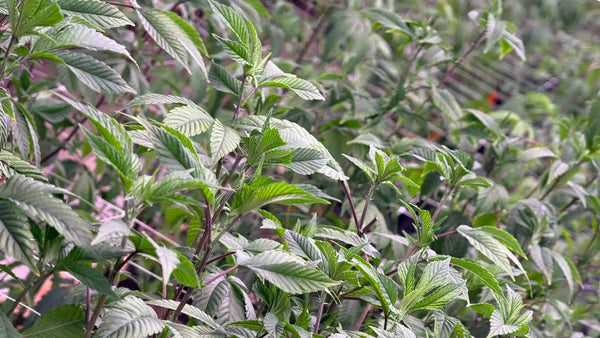
Month 3: Seed Starting (April)
Germination and Early Growth
April marks the beginning of active cultivation. Even if outdoor conditions aren't suitable for transplanting, you'll begin the germination process indoors or in protected environments.
Indoor Germination
Start seeds in a controlled environment with temperatures between 70-85°F. Use quality growing medium in plug trays or small pots. Maintain consistent moisture without overwatering. Seeds typically germinate within 3-7 days. Provide 18-24 hours of light daily during this vegetative stage.
Hardening Off Process
Once seedlings develop 2-4 sets of true leaves, begin the hardening off process. Gradually introduce plants to outdoor conditions over 7-10 days, increasing exposure to sun, wind, and temperature fluctuations. This strengthens plants and reduces transplant shock.
Clone Care
If using clones instead of seeds, provide appropriate care including proper lighting, humidity (60-70%), and gentle air circulation. Clones may require earlier attention to THCa baseline testing since they're genetically mature and may flower earlier than seed-grown plants.
Field Preparation
While plants develop, prepare fields through tilling, final amendments, and creating planting rows. Install row markers and create a detailed field map for plant tracking throughout the season.
Testing Protocols Setup
Establish relationships with certified testing laboratories and understand their sample submission requirements. Create your preliminary when to test THCa in hemp schedule based on state regulations and your planned harvest dates.
Month 4: Transplanting (May)
Moving Plants to the Field
May is typically transplant month in most regions, though timing depends on your local last frost date. Never rush transplanting—one late frost can devastate your entire crop.
Timing Considerations
Transplant only after all danger of frost has passed and soil temperatures consistently reach 60°F or higher. Monitor weather forecasts carefully. Plan transplanting for overcast days or late afternoon to reduce stress on plants.
Spacing and Layout
Proper spacing is crucial for air circulation, light penetration, and hemp flower development THCa. Typical spacing ranges from 4-6 feet between plants and 6-8 feet between rows, though this varies by genetics and intended plant size. Denser spacing may reduce individual plant yield but increase per-acre production.
Initial Care
Water plants immediately after transplanting. Apply mulch around plants to conserve moisture, suppress weeds, and regulate soil temperature. Organic mulches like straw also improve soil health as they decompose.
Field Mapping
Assign identification numbers or codes to plants or sections. This mapping becomes essential later for tracking THCa levels by growth stage hemp and making harvest decisions based on test results.
Early Monitoring
Begin daily field walks to monitor plant establishment, identify problems early, and observe growth patterns. Look for signs of transplant shock, pest pressure, or water stress.

Month 5: Vegetative Growth (June)
Rapid Development Phase
June brings explosive vegetative growth as plants establish strong root systems and begin building the framework that will support heavy flower production later in the season.
Growth Rate
Under optimal conditions, hemp plants can grow 1-2 inches per day during peak vegetative growth. This rapid development requires consistent resource availability.
Watering Schedule
Establish a regular irrigation schedule based on weather conditions, soil type, and plant size. Generally, hemp requires 20-30 inches of water throughout the growing season. Drip irrigation is most efficient, but overhead irrigation or rainfall can also work. Monitor soil moisture regularly rather than following a rigid schedule.
Nutrient Applications
Begin feeding plants with nitrogen-rich vegetative nutrients. Organic options include fish emulsion, compost tea, and blood meal. Synthetic growers may use balanced NPK fertilizers with higher nitrogen ratios. Nutrient needs increase as plants grow larger.
Weed Management
Stay ahead of weeds through cultivation, mulching, or organic herbicides. Weeds compete for water and nutrients while harboring pests. Early weed control is far easier than battling established weed populations.
Plant Training
Some growers employ plant training techniques like topping (removing the main growing tip) to encourage bushier growth and more flower sites. However, training adds labor and may not be practical for large-scale operations.
Gender Identification
Towards the end of June or early July, plants begin showing pre-flowers that reveal their sex. Unless you're using feminized seeds, identify and remove male plants immediately. Males don't produce valuable flower and can pollinate females, reducing flower quality significantly. Early removal is essential for hemp flowering schedule THCa optimization.
Month 6: Pre-Flowering (July)
Transition Phase
July represents the transition from vegetative growth to flowering. This critical period sets the stage for cannabinoid production and requires careful attention to plant needs.
Flower Site Development
As day length begins to shorten (though still quite long), photoperiod hemp starts developing flower sites. You'll notice small clusters forming at branch intersections and along branch tips. This is the beginning of the reproductive phase.
Increased Water Demands
Plants enter their period of highest water consumption. Depending on plant size and weather, individual plants may consume 1-2 gallons of water daily. Consistent moisture is essential for proper hemp flower development THCa.
Nutrient Transition
Begin transitioning from vegetative nutrients to flowering formulations with higher phosphorus and potassium ratios. This supports flower development and cannabinoid production. Reduce nitrogen levels gradually to prevent excessive vegetative growth that can delay flowering.
Trichome Appearance
Trichomes—the resinous glands that produce cannabinoids and terpenes—begin appearing on developing flowers and surrounding leaves. These tiny, mushroom-shaped structures will eventually produce the THCa you're cultivating.
Preliminary THCa Testing
Some growers conduct preliminary first THCa preliminary tests in late July, especially if using unfamiliar genetics. While not required, these early tests provide valuable data about how specific genetics develop cannabinoids, helping you plan harvest timing more accurately.
Male Plant Vigilance
Continue watching for any male plants or hermaphrodites (plants showing both male and female flowers). Remove immediately. Late-emerging males can still pollinate your crop.
Pest Pressure Increase
Warmer temperatures and dense plant growth create ideal conditions for pests. Spider mites, aphids, and caterpillars become more problematic. Implement integrated pest management strategies including beneficial insects, organic sprays, and physical removal.
Month 7: Peak Flowering (August)
Critical Development Period
August is the most critical month for THCa development accelerates and requires your most attentive management. Decisions made this month directly impact your harvest quality and compliance.
Rapid Bud Development
Flowers swell dramatically during August as they pack on weight and resin. The transformation from small flower clusters to dense, aromatic buds happens quickly. This is also when cannabinoid production hits its peak.
Trichome Monitoring
Begin serious trichome observation using a jeweler's loupe or digital microscope. Trichomes evolve from clear to cloudy to amber. For hemp production, you're primarily concerned with THCa levels rather than trichome color, but trichome development indicates cannabinoid production is active.
Critical THCa Testing Period
This is the most important time for managing THCa throughout grow season. Federal law requires testing within 15 days before harvest. Many growers begin testing in mid-to-late August to establish a baseline and predict how quickly THCa is rising. Multiple tests may be necessary to identify the optimal harvest window.
Understanding when to test THCa in hemp is crucial. Test too early, and you might harvest before peak quality. Test too late, and THCa levels may exceed legal limits, rendering your crop "hot" and legally unmarketable. Many growers test weekly or even twice weekly during this period.
Weather Monitoring
August weather can make or break your crop. Monitor forecasts constantly for extreme heat, storms, or early cold snaps. Some growers have portable covers ready for sudden weather events.
Nutrient Flush Timing
Many growers begin "flushing" plants with plain water in late August, typically 1-2 weeks before planned harvest. Flushing removes residual nutrients from plant tissue, potentially improving flower taste and quality. However, timing depends on your feeding program and genetics.
Pest Management Critical
Caterpillars, particularly budworms, can devastate crops in late August. Inspect plants regularly and use appropriate organic controls like Bacillus thuringiensis (Bt). Mold and mildew risks also increase as buds become denser.
Pre-Harvest Planning
Finalize harvest logistics including crew hiring, equipment rental, drying facility confirmation, and transportation arrangements. Having a solid plan prevents chaotic scrambling when test results indicate it's time to cut.
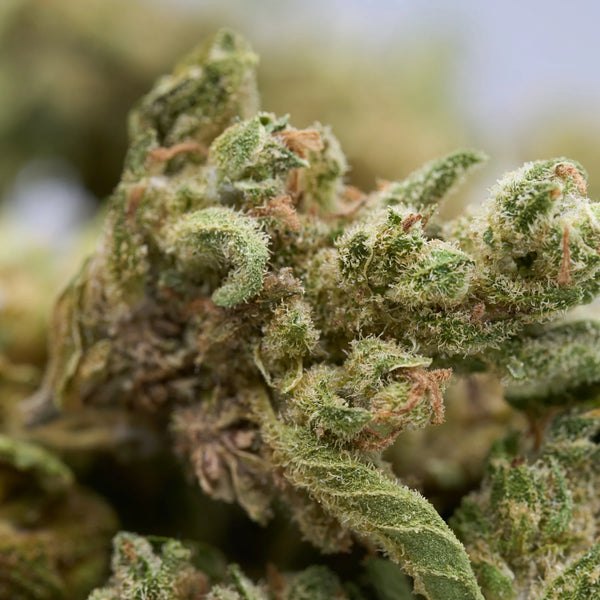
Month 8: Ripening and Harvest (September)
The Culmination of Your Season
September represents harvest month for most hemp growers. This is where proper hemp harvest timing THCa compliance becomes absolutely critical.
Trichome Maturity Assessment
Continue monitoring trichomes daily. While you're ultimately guided by THCa test results, trichome appearance provides additional information about flower maturity and potential quality.
Official THCa Compliance Testing
Obtain your official compliance test from a DEA-registered laboratory within 15 days before harvest. This is a legal requirement, not optional. Collection protocol is specific: samples must be collected from the top one-third of the plant (where cannabinoid concentration is highest) and include flower material only. Many states require a licensed sampler or inspector to collect samples.
Understanding THCa levels by growth stage hemp helps you predict results. THCa typically rises 0.05-0.15% per week during peak flowering, though this varies by genetics and environmental conditions.
Harvest Window Identification
Your harvest window is the sweet spot where THCa is at its highest level while still remaining compliant (below 0.3% total THC). This window may only be 3-7 days for some genetics. Having your crew, equipment, and drying facility ready is essential.
Cutting and Field Handling
Harvest early in the morning after dew dries but before heat peaks. Cut plants at the base or take individual branches depending on your processing setup. Handle flowers gently to preserve trichomes—rough handling can knock off valuable resin glands.
Transportation to Drying Facility
Transport cut plants promptly to prevent degradation. Avoid piling plants too densely, which can cause heat buildup and mold. Some growers use tarps or bins; others hang plants immediately in transport vehicles.
First Drying Phase
Hang plants in a controlled environment with 60°F temperature, 60% humidity, and gentle air circulation. Proper drying is crucial for THCa preservation techniques. Too fast drying damages terpenes; too slow invites mold.
Multiple Harvest Dates
Large fields may require staggered harvesting as different sections or genetics mature at different rates. This is more labor-intensive but maximizes quality and compliance.
Handling Hot Crops
If a test shows your crop exceeds 0.3% total THC, you have limited options. Some states allow remediation (such as removing the hottest flower portions and retesting), while others require destruction. Having crop insurance helps mitigate this risk.
Month 9: Post-Harvest (October)
Processing and Quality Preservation
October focuses on properly processing your harvest to maintain quality while preparing for market.
Continued Drying
Hemp flowers typically require 7-14 days to dry to the proper moisture content (10-12% for flower, 6-9% for processing into concentrates or distillate). Monitor moisture levels regularly with a moisture meter. Over-drying makes flowers brittle; under-drying invites mold during storage.
Curing Initiation
After drying, begin the curing process. Transfer flowers to sealed containers like bins or bags, opening them regularly to release moisture and allow air exchange. Curing develops flavor, smoothness, and overall quality over several weeks.
Post-Harvest THCa Testing
Some buyers require post-harvest THCa testing to verify cannabinoid content matches expectations. Additional testing may screen for pesticides, heavy metals, microbials, and mycotoxins depending on market requirements.
Trimming Operations
Trimming (also called bucking and manicuring) removes excess leaf material from flowers. Machine trimming is faster and cheaper but can damage trichomes. Hand trimming is slower and more expensive but preserves quality. Many operations use a combination approach.
Quality Assessment
Grade your flower based on appearance, aroma, trichome coverage, and cannabinoid content. Top-shelf flower commands premium prices, while lower grades may be better suited for extraction.
Storage Preparation
Prepare proper storage conditions: dark, cool (60-65°F), and stable humidity (55-62%). Use sealed containers like bins, bags, or boxes. Never store flower in conditions that promote degradation or contamination.
Buyer Communication
Begin or continue conversations with buyers, providing test results, quality assessments, and availability timelines. Having buyers lined up before harvest is ideal, but October is when many final sales negotiations occur.
Months 10-12: Storage and Sales (November-January)
Monetizing Your Harvest
The final quarter of the year focuses on selling your flower while maintaining its quality and planning for the next season.
Curing Completion
Proper curing may continue through November or even December for premium flower. Well-cured flower develops deeper, more complex aromas and smoother characteristics that buyers appreciate.
Final Packaging
Package flower according to buyer specifications or market requirements. This might include vacuum-sealed bags, nitrogen-flushed containers, or simple bins. Proper packaging protects product quality during storage and transportation.
THCa Stability in Storage
Properly stored hemp flower remains relatively stable for 6-12 months, though quality gradually degrades. Monitor stored flower periodically for signs of mold, pest activity, or excessive drying. Understanding THCa stability in storage helps you time sales appropriately.
Sales and Distribution
Focus on moving product while quality is at its peak. Flower that sits for many months gradually loses terpene complexity and overall appeal. Balance holding for better prices against quality degradation over time.
Record Keeping
Maintain detailed records of production costs, yields, test results, sales, and revenue. These records are required for tax purposes, compliance verification, and valuable for planning future seasons.
Financial Analysis
Calculate your actual profit/loss for the season. Compare yields, quality grades, sale prices, and expenses against projections. Identify what worked well and what needs improvement.
Next Season Planning
Use lessons learned to begin planning the next growing season. Research new genetics, evaluate equipment needs, and consider operational changes that could improve efficiency or quality.
Off-Season Equipment Maintenance
Service and repair all cultivation equipment. Clean and properly store tools, tractors, irrigation components, and processing equipment. Proper maintenance extends equipment life and prevents costly breakdowns.
Year-Round: Ongoing Tasks
Consistent Management Throughout the Season
Certain tasks require attention throughout the entire cultivation cycle, not just during specific months.
Comprehensive Record Keeping
Document everything: planting dates, genetics used, input applications, weather conditions, pest observations, test results, and harvest data. Good records are invaluable for compliance, insurance claims, and operational improvement.
THCa Monitoring and Testing
Your THCa monitoring schedule hemp farm should be documented and followed consistently. Regular monitoring helps you understand how your specific genetics and conditions affect cannabinoid development, making you a better grower year after year.
Weather Monitoring
Track weather patterns, temperatures, precipitation, and growing degree days. Historical weather data helps predict the best timing for various cultivation tasks and identifies risk periods for pests or disease.
Market Research
Stay informed about hemp market trends, pricing, buyer needs, and regulatory changes. The hemp industry evolves rapidly, and staying current gives you competitive advantages.
Compliance Documentation
Maintain all required records for state and federal hemp programs. This includes licenses, field maps, test results, disposal records (for males or hot crops), and harvest reports. Non-compliance can result in license suspension or revocation.
Equipment Maintenance
Regular maintenance prevents breakdowns during critical periods. Service irrigation systems, tractors, and processing equipment according to manufacturer recommendations.
Financial Tracking
Monitor expenses and revenue throughout the season. Understanding your financial position in real-time helps you make informed decisions about inputs, labor, and other expenses.
Conclusion: Flexibility and Planning for Success
Success in hemp cultivation requires both detailed planning and flexibility to adapt to changing conditions. This monthly hemp growing guide THCa provides a framework, but every season brings unique challenges and opportunities.
Regional Adjustments
Adapt this timeline to your specific region. Growers in Southern California may start much earlier than those in Montana. Latitude, altitude, and local climate all affect the optimal hemp growing timeline THCa development.
Learning and Improvement
Each growing season teaches valuable lessons. Document your experiences, learn from mistakes, and continuously refine your approach. The most successful hemp growers view each season as part of an ongoing learning process.
THCa Management Excellence
Mastering hemp flowering schedule THCa compliance is perhaps the most critical skill for hemp farmers. The difference between a compliant, profitable crop and a "hot" crop requiring destruction often comes down to timing decisions made during a few critical days in late summer.
Next Season Preparation
Use the off-season wisely. Rest, reflect, and plan. Research new genetics, improve infrastructure, attend educational workshops, and build relationships with buyers and fellow growers. The work you do during the off-season sets the foundation for next year's success.
Hemp cultivation is challenging but rewarding. By following a structured THCa hemp flower cultivation schedule and remaining adaptable to changing conditions, you position yourself for success. May your plants be healthy, your tests compliant, and your harvest bountiful.
Frequently Asked Questions
Q: When should I start THCa testing on my hemp crop?
A: Begin preliminary testing in late July or early August to establish a baseline. Official compliance testing must occur within 15 days before harvest, typically in late August or September. Weekly testing during peak flowering helps you identify the optimal harvest window.
Q: How quickly do THCa levels rise in flowering hemp?
A: THCa typically increases 0.05-0.15% per week during peak flowering, though rates vary by genetics, environment, and growing conditions. This is why frequent testing in August and September is crucial for compliance.
Q: What happens if my hemp tests above 0.3% total THC?
A: Crops testing above 0.3% are considered "hot" and cannot be legally sold as hemp. Options vary by state but may include remediation (removing hottest portions and retesting) or destruction. Some states provide a narrow "acceptable variance," but this is not universal.
Q: Can I use the same growing timeline every year?
A: The basic framework remains consistent, but adjust for weather variations, new genetics, and lessons learned. Track growing degree days and phenological stages rather than relying solely on calendar dates.
Q: What's the most critical month for hemp cultivation?
A: August is arguably most critical, as it's when cannabinoid production peaks and harvest timing decisions must be made. However, mistakes in any month can compromise your entire season.
Q: How does photoperiod hemp differ from autoflower hemp?
A: Photoperiod hemp flowers based on day length (typically when days shorten below 14-15 hours of light), allowing larger plants and higher yields. Autoflower hemp flowers based on age regardless of light cycle, offering faster harvests but generally lower yields. This guide focuses on photoperiod cultivation.
Q: Should I harvest my entire field at once?
A: Not necessarily. Different sections may mature at different rates due to microclimate variations, soil differences, or if you planted multiple genetics. Staggered harvesting allows you to optimize quality and compliance for each section.
Q: How important is genetics selection for THCa management?
A: Extremely important. Choose genetics with proven compliance records and stable cannabinoid profiles. Reputable breeders provide historical testing data showing how their genetics perform in various conditions. Genetic selection is your first and most important THCa management decision.

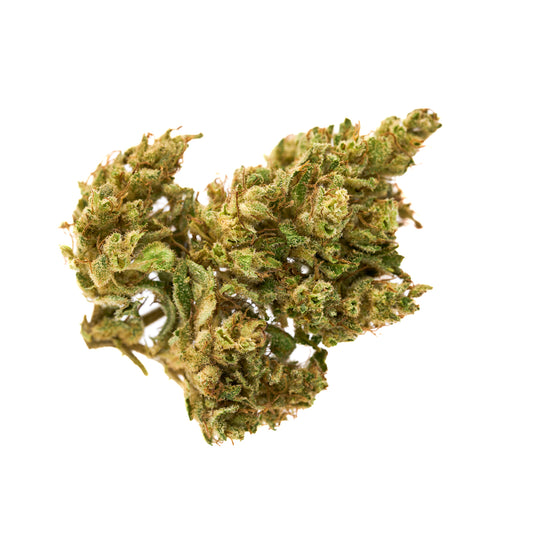
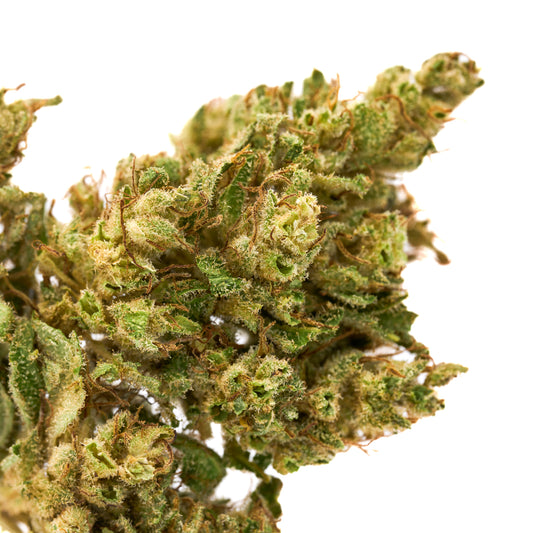
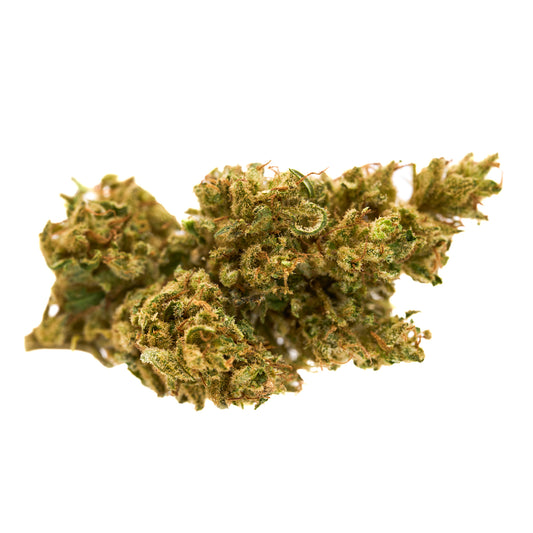
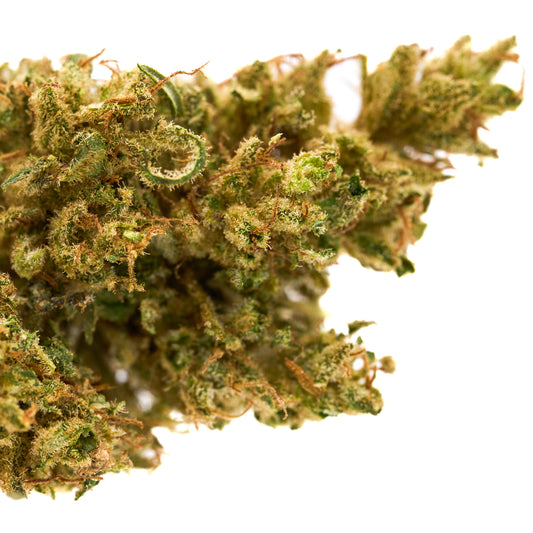
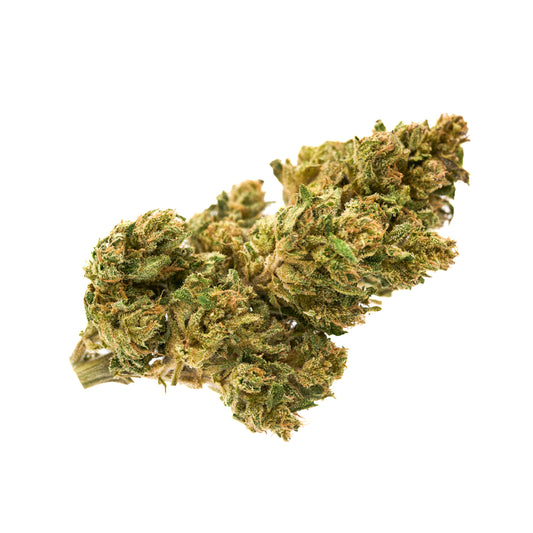
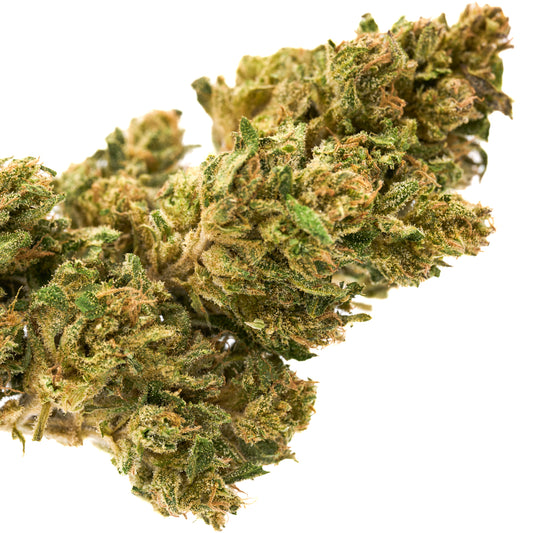



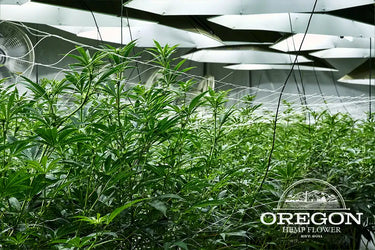
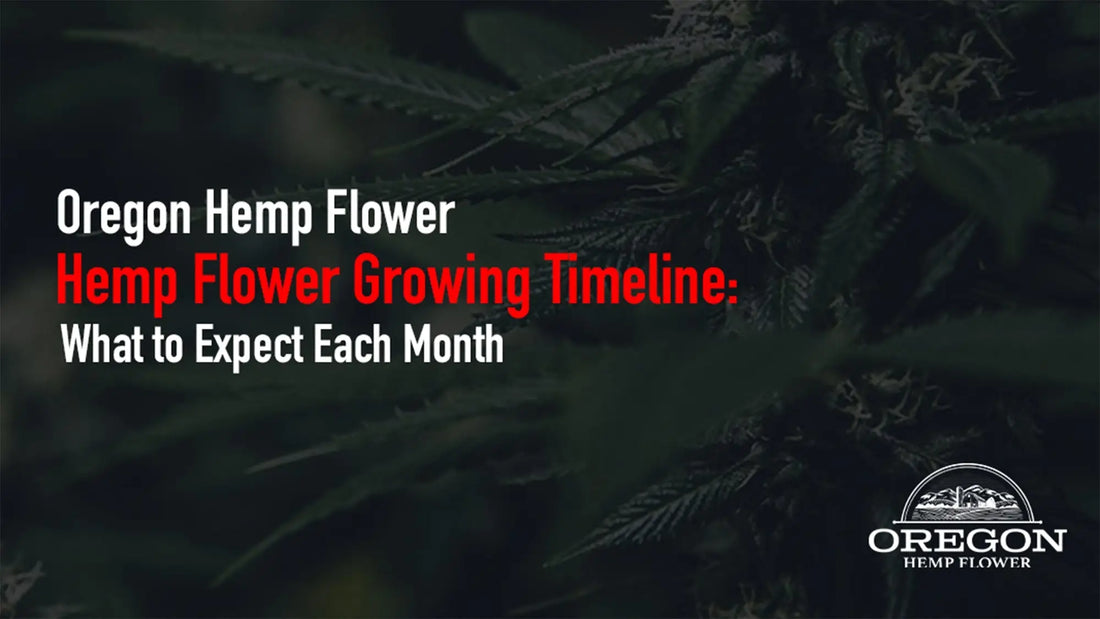
Leave a comment
Please note, comments need to be approved before they are published.